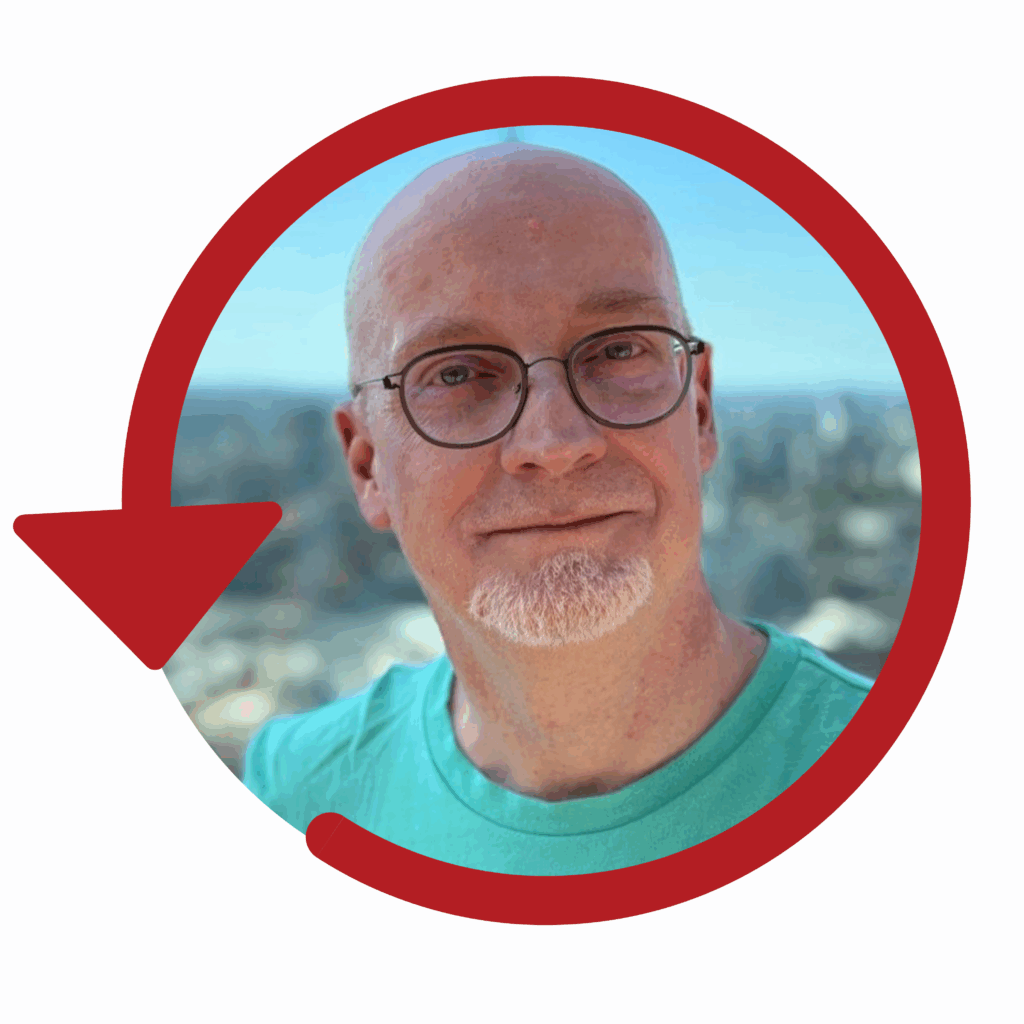Seeing the System: Making Relationships Visible to Unlock the Change
- Track C - Vogel
- 11:15 - 12:00
- Zvonimir Durcevic
- Talk
- English
Description
Introduction
Change can occur in many ways, affecting individuals, teams, and entire organizations or communities. In this talk, I will share a real story about a leadership team that emerged during a period of significant change. The people on the team underwent a remarkable transformation, shifting from a traditional top-down decision-making approach to a collaborative model. This transformation, facilitated by effective coaching and tools, allowed all voices to be heard and co-created the conditions necessary for agile product development.
Throughout the talk, I will demonstrate how using Organization and Relationship Systems Coaching (ORSC) along with Agile tools and models helped us honor the past, safely experiment with new ideas, and create an environment conducive to lasting change.
The Story
When I started working with the leadership team, they were grappling with familiar challenges: a backlog of work greater than their available capacity, a lack of alignment on their purpose, roles, and structures, and strained communication with key stakeholders. Although they did not build software themselves, their decisions, and indecisions, hindered the flow of value across multiple teams.
We started by establishing working agreements that defined how they wanted to collaborate and what they needed from me as a coach. Every team is unique; this team needed someone to hold the space for them. To set the stage, they created their Team Alliance, and with me, our Coaching Alliance.
Our initial focus was on clarifying the purpose of their product development and the leadership team. We then engaged in context diagramming and roles and responsibilities exercises to understand the interconnected systems and the information flow.
The coaching work with the leadership team was structured around regular coaching sessions, interspersed with daily meetings to stay on top of their work and discuss the actions they took based on the coaching sessions.
I utilized a combination of ORSC tools, such as Metaskills, High and Low Dream, Team Alliance, Coaching Alliance, Conflict Protocols, and Paper Constellation, and Agile coaching techniques, including creating inspect-and-adapt structures, impact analysis, and lean coffee sessions, among others. Using the Meet, Reveal, Align, and Act process in coaching helped me make them aware of patterns in their systems and align them on the next steps. Several tools I have used are especially good at helping to see the systems and the relationships within them, such as context diagramming and paper constellation.
The initiatives they established within their teams invited new ways of collaborating and enhanced transparency with their product development teams, resulting in a strong sense of identification with this specific product organization. The ripple effects were felt across all teams involved in product development. They created an environment where individuals in various roles, such as scrum masters, architects, and testers, could step up and demonstrate leadership. The atmosphere during their team offsites was filled with collaboration, respect, joy in working together, and a lot of fun.
What I Have Learned
I experienced a tension between agile methodology and systems coaching, particularly when determining the balance between consulting and coaching the leadership team. Some of these tensions I could address by simply asking them what they needed in the moment, while others went unnoticed until they were brought to my attention through feedback. My second insight was that revisiting the coaching alliance and agreements depends on the context more than I initially realized. I learned that I need to apply the same „Meet, Reveal, Align & Act“ process in these situations as I do in coaching.

Zvonimir Durcevic
Zvonimir Durcevic is an Agile & Systems Coach (ORSCC, ICF-ACC) active in agile product development since 2005. He has worked across Austria’s telecommunications, finance, and software-vendor sectors for the past 24 years, co-creating solutions for internal and external clients—from startups to large corporations. A former developer, project manager, release manager, head of development, and now Scrum Master, Agile and Systems Coach, he builds effective leadership and product teams by aligning purpose, roles, ways of working, and stakeholder engagement.
He is convinced that agility does not emerge from methods alone, but through intentional doing, continuous learning, and shared alignment toward customer value—an approach he has embodied for years by partnering with cross-functional teams, scrum masters, product owners, and management. He creates space for learning, strengthens self-organization, and helps align structures, processes, and communication with strategic goals.
Sichern Sie sich jetzt Ihr Ticket!
Wir freuen uns, Sie auf der Agile Austria Conference 2026 begrüßen zu dürfen.
